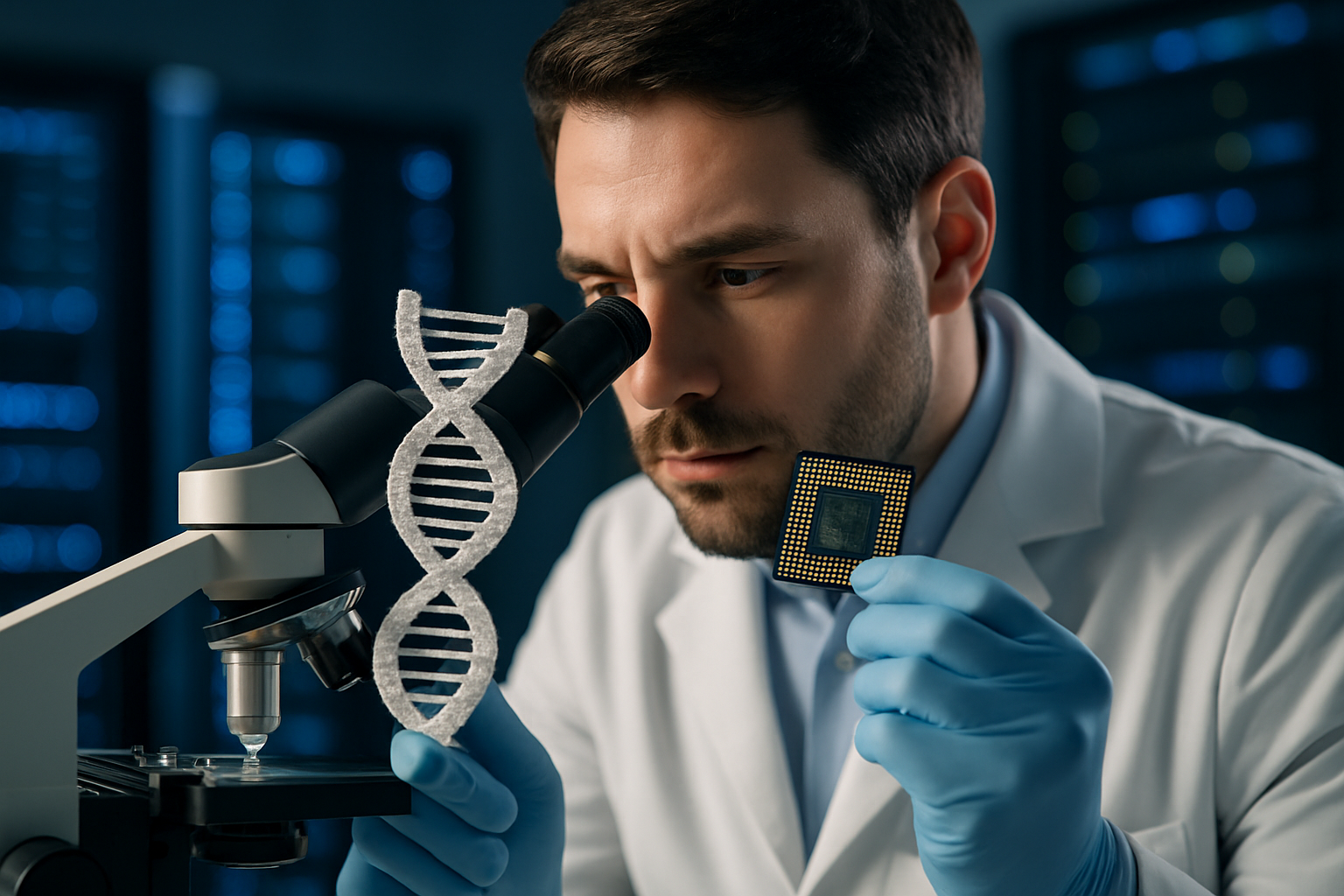Legal Implications of Synthetic Biology in Patent Law
Introduction: The rapid advancements in synthetic biology are challenging traditional patent law frameworks, raising complex questions about ownership, innovation, and ethical boundaries. This article explores the evolving landscape of synthetic biology patents and their far-reaching implications for the legal system, scientific progress, and society at large.

Patent Law Challenges in Synthetic Biology
The unique nature of synthetic biology presents significant challenges to traditional patent law. Unlike conventional inventions, synthetic biological creations blur the lines between naturally occurring phenomena and human-made inventions. This ambiguity has led to heated debates within legal and scientific communities about what should be considered patentable subject matter in the realm of synthetic biology.
The Myriad Genetics Case: A Landmark Decision
The 2013 U.S. Supreme Court case Association for Molecular Pathology v. Myriad Genetics, Inc. set a crucial precedent for synthetic biology patents. The Court ruled that naturally occurring DNA sequences are not patentable, but synthetically created complementary DNA (cDNA) can be patented. This decision has had far-reaching implications for the synthetic biology field, influencing how researchers and companies approach patent protection for their innovations.
Balancing Innovation and Access
One of the primary challenges in synthetic biology patent law is striking a balance between incentivizing innovation and ensuring public access to critical scientific advancements. Overly broad patent protection may stifle research and development, while insufficient protection could discourage investment in this promising field. Policymakers and courts are grappling with how to create a patent system that fosters innovation while promoting the wider societal benefits of synthetic biology research.
International Perspectives and Harmonization Efforts
As synthetic biology continues to advance globally, there is a growing need for international harmonization of patent laws in this field. Different countries have varying approaches to patenting biological inventions, creating potential conflicts and uncertainties for researchers and companies operating across borders. Efforts are underway to develop more cohesive international guidelines for synthetic biology patents, but significant challenges remain in reconciling diverse legal and cultural perspectives.
Ethical Considerations in Synthetic Biology Patents
The patenting of synthetic biological inventions raises important ethical questions. Critics argue that granting patents on living organisms or their components commodifies life and may have unintended consequences for biodiversity and ecological balance. Proponents counter that patent protection is necessary to drive innovation in areas that could address pressing global challenges, such as food security and disease prevention. These ethical debates are shaping policy discussions and court decisions related to synthetic biology patents.
The Role of Patent Pools and Open-Source Models
To address some of the challenges posed by synthetic biology patents, alternative models such as patent pools and open-source licensing are gaining traction. Patent pools allow multiple patent holders to license their technologies collectively, potentially reducing transaction costs and promoting broader access to key innovations. Open-source models, inspired by the software industry, encourage the sharing of biological information and tools, fostering collaboration and accelerating scientific progress.
Future Directions in Synthetic Biology Patent Law
As synthetic biology continues to evolve, patent law must adapt to keep pace with technological advancements. Future legal frameworks may need to consider novel approaches to intellectual property protection that balance the unique characteristics of synthetic biological inventions with the need for innovation and public benefit. This could involve creating new categories of IP rights specifically tailored to synthetic biology or developing more flexible patent examination processes for this rapidly changing field.
Conclusion
The intersection of synthetic biology and patent law represents a complex and dynamic area of legal development. As this field continues to advance, it will be crucial for lawmakers, courts, and policymakers to craft thoughtful and adaptive legal frameworks that promote innovation while addressing the ethical and societal implications of synthetic biological inventions. The evolving landscape of synthetic biology patents will undoubtedly play a significant role in shaping the future of scientific progress and its impact on society.





